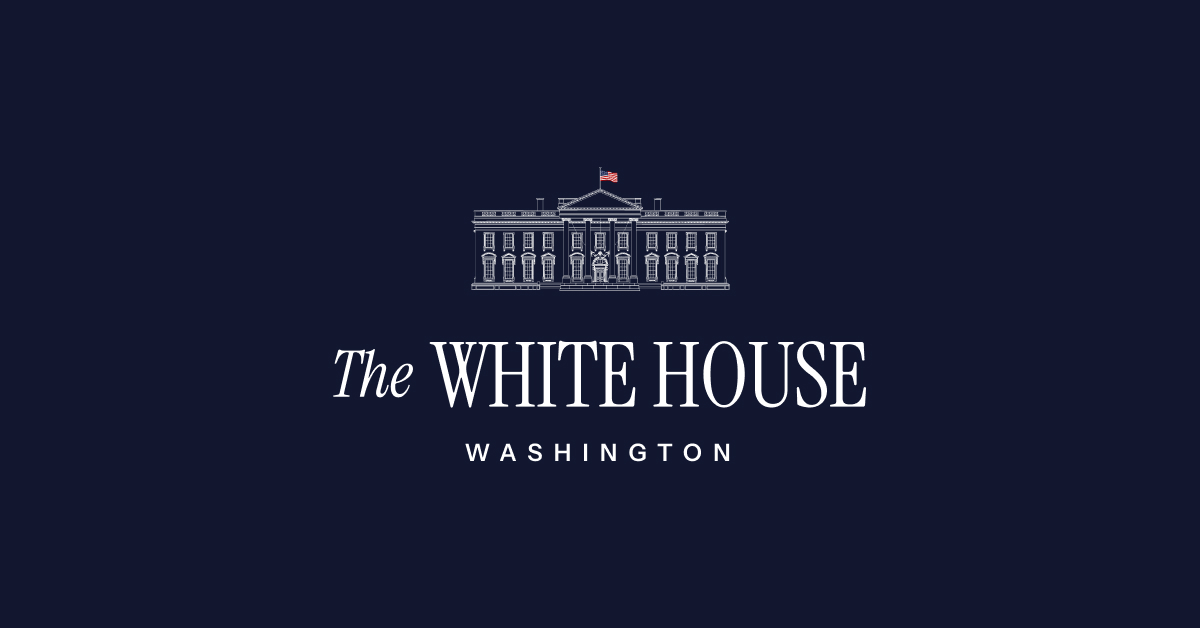
For the first time in decades, the United States will see fair trade as President Donald J. Trump announces tariffs to level the playing field for American workers and businesses.
Despite the rhetoric from politicians and the media, studies have repeatedly shown tariffs are an effective tool for achieving economic and strategic objectives — just as they did in President Trump’s first term.
- A 2024 study on the effects of President Trump’s tariffs in his first term found that they “strengthened the U.S. economy” and “led to significant reshoring” in industries like manufacturing and steel production.
- A 2023 report by the U.S. International Trade Commission — which analyzed the effects of President Trump’s Section 232 and 301 tariffs on more than $300 billion of U.S. imports — found the tariffs reduced imports from China, effectively stimulated more U.S. production of the affected goods, and had very minor effects on downstream prices.
- According to the Economic Policy Institute, the tariffs implemented by President Trump during his first term “clearly show[ed] no correlation with inflation” and had only a fleeting effect on overall prices.
- Economic Policy Institute: “Following implementation of Sec. 232 measures in 2018—and prior to the global downturn in 2020—U.S. steel output, employment, capital investment, and financial performance all improved. In particular, U.S. steel producers announced plans to invest more than $15.7 billion in new or upgraded steel facilities, creating at least 3,200 direct new jobs, many of which are now poised to come online.”
- An analysis by the Atlantic Council found that “tariffs would create new incentives for US consumers to buy US-made products.”
- Former Biden Secretary of the Treasury Janet Yellen affirmed last year that tariffs do not raise prices: “I don’t believe that American consumers will see any meaningful increase in the prices that they face.”
- A 2024 economic analysis found that a global tariff of 10% would grow the economy by $728 billion, create 2.8 million jobs, and increase real household incomes by 5.7%.
- President Trump’s first term steel tariffs led to thousands of jobs gains in the metal industry, along with wage increases.
- The tariffs were hailed as a “boon” for Minnesota’s iron ore industry, with state officials crediting them for bolstering the local economy.
- Steel and aluminum imports drastically decreased during President Trump’s first term, falling by nearly one-third from 2016 to 2020.
- The tariffs led to a wave in investment across the United States, with more than $10 billion committed to build new mills.
- The Hill: “The Trump tariffs keep working, to the consternation of many economists”
- S&P Global: “Global Trade At A Crossroads: Trump Tariffs Forge Better Credit Quality For U.S.-Based Steel And Aluminum Producers With A Protectionist Stance”
- IndustryWeek: “Tariffs Are Keeping US Steel Production Strong”
- “With steel imports down, America’s steelmakers have started investing at home. In addition to Nucor and US Steel, companies like Cleveland-Cliffs, Steel Dynamics, CMC, and AK Steel have invested billions of dollars in at least 16 major new projects throughout the nation. The top five US steel companies more than doubled their total annual investments between 2017 to 2019, from $1.5 billion to $4.2 billion.”
Predictably, the media was wrong.
- PBS (2018): “Trump tariffs may imperil a delicate global economic rebound”
- “President Donald Trump’s announcement Thursday that the United States would impose heavy tariffs on imported steel and aluminum — with some countries potentially exempted — suddenly raised a fear that few had anticipated: That U.S. tariffs could trigger a chain of tit-for-tat retaliation by America’s trading partners that could erupt into a full-blown trade war and possibly threaten the global economy.”
- NPR (2018): “Trump Plan To Impose Tariffs on Steel, Aluminum Raises Trade War Fears”
- “Chad Bown, an economist and trade specialist, says the tariffs will drive up the price of steel and aluminum for the multiple other industries that use the metals. Those industries actually employ more people than the steel and aluminum sectors, he says, ‘so this is a really big concern, just from an economic perspective.’”
- The New Yorker (2019): “Trump’s Trade War Could Make the Trump Recession a Reality”
- “What we do know for sure is that, the longer Donald Trump persists in his trade war, the greater the chances are of an outright slump developing.”
- Politico (2018): “Trump blasted at home and abroad for plan to impose steel, aluminum tariffs”
- “President Donald Trump’s decision to impose tariffs of 25 percent on steel imports and 10 percent on aluminum reverberated across the world Thursday, spurring retaliatory threats from some of the nation’s closest allies and sending stock prices plummeting on investors’ fears of the global economic fallout.”
